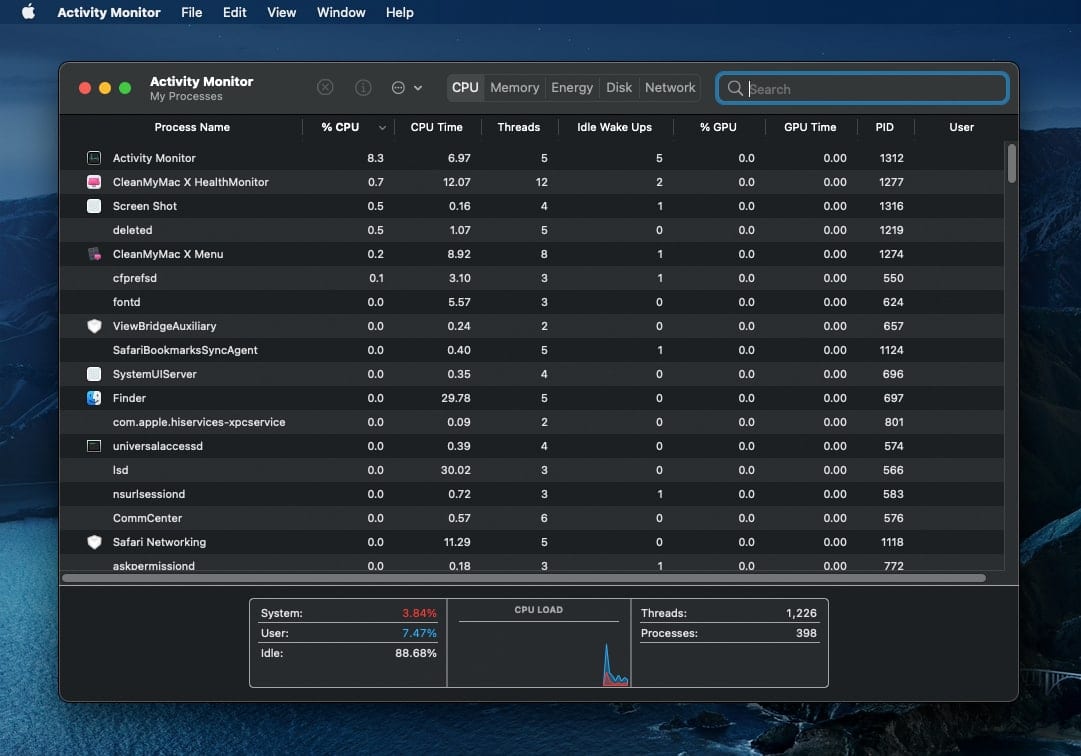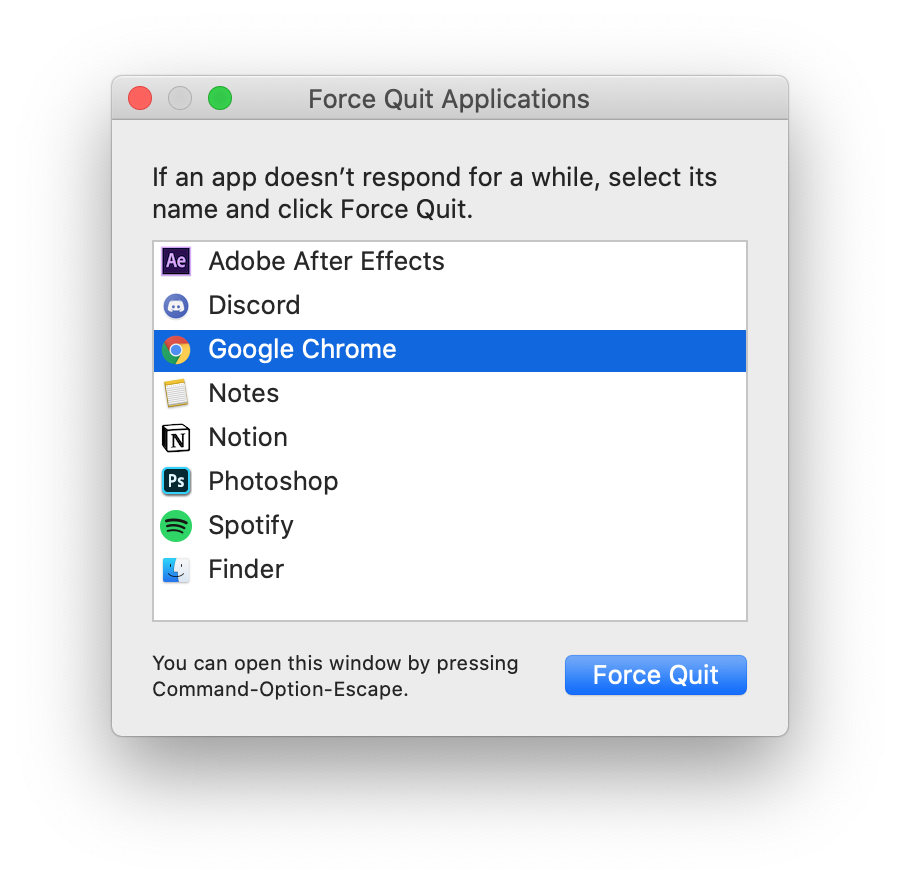
Using this way, you can enter Task Manager in Windows Vista, Windows 7, Windows 8, Windows 8.1, and Windows 10. Press CTRL + ALT + DELETE, and you will enter the Windows Security window, and then select the last option of Task Manager to open Task Manager. Press CTRL + ALT + DELETE, and you can open the Task Manager directly.

In different versions of the Windows system, you can use the same shortcuts to access Task Manager. What is the shortcut for Task Manager? Since it is a Windows built-in tool, it has its own shortcut keys. Method 1: Open Task Manager with Shortcut Get to Task Manager From Search Box or Run Box Opening Task Manager from Windows Start Menu Here this post mainly talks about how to open and use the Task Manager. Windows Task Manager presents information about the performance of the computer and displays detailed information about the programs and processes running on the computer if you are connected to a network, you can also view the network status and quickly understand how the network works. Now that you've dealt with your crashing application, you can get back to work.Windows task manager is a very practical tool, which has appeared since Windows 95. It'll suggest whatever program you're currently using Scroll down to "Force Quit" and it'll bring up the same task manager. Why learn just one way to force quit when you can learn two? Click the Apple logo at the top left of your screen in the menu bar. Make sure you enable auto-saving, back up your projects often, and keep your computer clean and up to date. Note: since you'll be forcing that program to quit in the middle of whatever you were doing, any unsaved data might be lost. Then just select the non-responsive program and hit "Force Quit" which will stop that program from running. This will bring up a task manager type window that looks like this: Command+Option+ESC brings you here Here's where those keys are located on a typical Mac keyboard: Just tap COMMAND+OPTION+ESC, in that order.

The easiest way to force a program to quit on your Mac is a simple key sequence similar to ctrl+alt+delete.

But that doesn't work on a Mac.ĭon't worry, though - there is one super simple way to force quit on a Mac (and a couple other methods you can keep in your back pocket as well). If you have a Windows machine, you can just use the familiar CTRL+ALT+DEL sequence to force quit whatever program is misbehaving. Or rather, a program we're in just stops responding. It happens to the best of us: we're working away on some important project, and our trusty computer freezes.


 0 kommentar(er)
0 kommentar(er)
